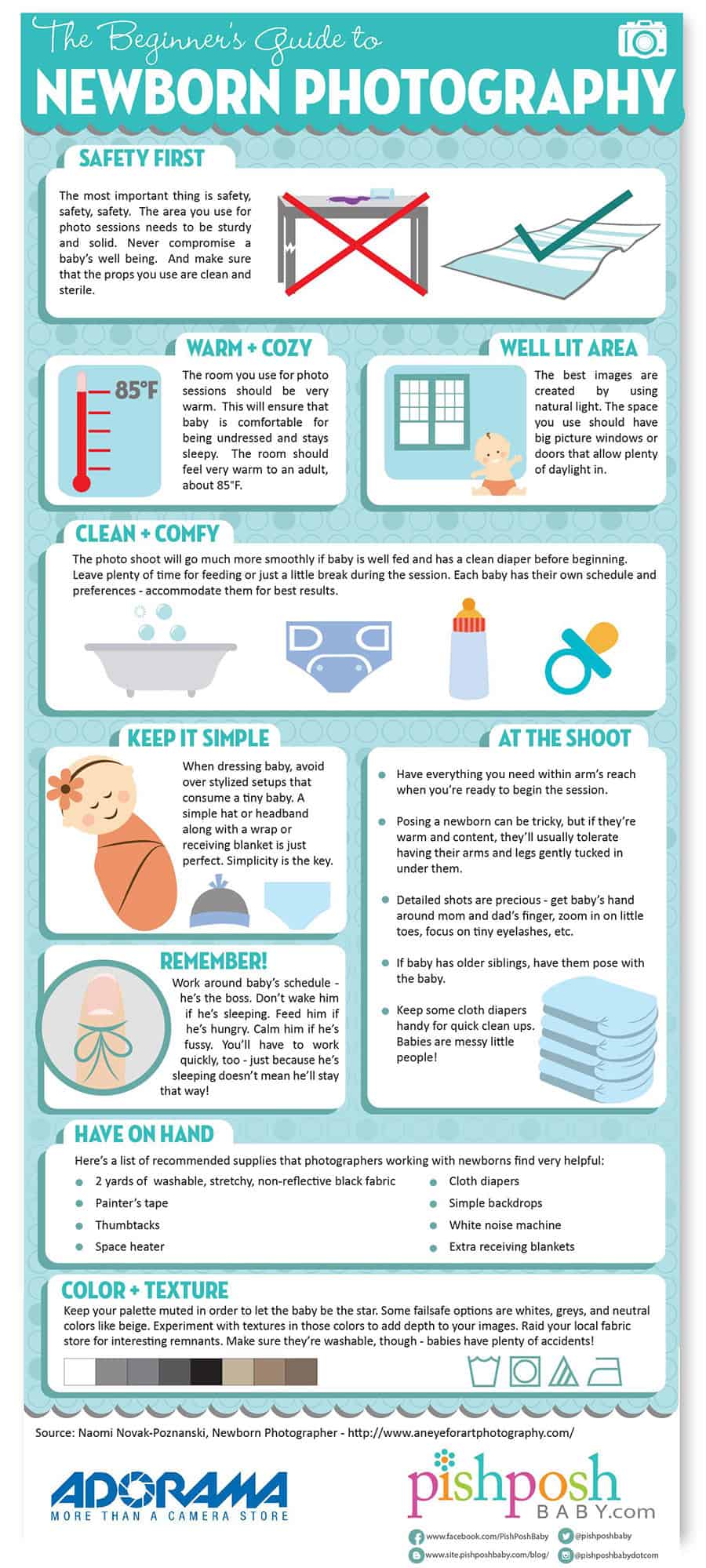Join Us To Find Important Photography Pointers That Will Unlock Your Camera'S Possibility-- Prepare To Record Magnificent Pictures In A Snap!
Join Us To Find Important Photography Pointers That Will Unlock Your Camera'S Possibility-- Prepare To Record Magnificent Pictures In A Snap!
Blog Article
Published By-Weber Didriksen
When you first get your cam, it can really feel overwhelming with all the setups and choices readily available. You might find yourself wondering exactly how to browse aperture, shutter speed, and ISO properly. Grasping these basics is critical, however there's more to photography than simply technical knowledge. Recognizing you can check here and lighting conditions can boost your pictures considerably. So, what if you could find out easy strategies to boost your skills and start recording remarkable images faster than you believe? Allow's check out just how to change your digital photography trip.
Understanding Electronic Camera Setups
Understanding your video camera settings is vital for capturing spectacular images. When you pick up your video camera, familiarize on your own with the three major settings: aperture, shutter speed, and ISO. Each plays a crucial duty in exactly how your images end up.
Begin with aperture, which controls the quantity of light entering the lens. A broader aperture (lower f-number) lets in a lot more light and creates a lovely background blur, excellent for portraits. Conversely, a narrower aperture (higher f-number) keeps even more of the scene in emphasis, suitable for landscapes.
Next, concentrate on shutter speed. This setting determines how much time your camera's sensing unit is exposed to light. A quick shutter rate freezes motion, which is great for activity shots, while a sluggish shutter speed can create sensational impacts like smooth water in landscapes.
Last but not least, change your ISO. This setup affects your video camera's sensitivity to light. A greater ISO serves in low-light circumstances but can introduce noise or grain. Go for the most affordable ISO possible while still attaining appropriate exposure.
Structure Techniques
When you're out shooting, structure can make all the difference in just how your pictures resonate with visitors. Begin by utilizing the regulation of thirds; picture your frame split into nine equal areas with 2 straight and two vertical lines. Position key elements along these lines or at their junctions to produce balance and interest.
Next, think about leading lines. These all-natural lines in your scene, like roads or rivers, draw the audience's eye right into the photograph, directing them with the story you're telling.
Do not forget about framing; use aspects within your scene, like trees or windows, to develop a framework around your topic, adding depth and focus.
Also, keep an eye on your background. A cluttered background can distract from your primary topic, while a simple one helps it stand out.
Lastly, try out symmetry and patterns; they can develop a striking image that records interest.
Learning Lights Conditions
Grasping illumination conditions is vital for recording stunning photographs, as the ideal light can transform a regular scene into something remarkable.
Start by observing all-natural light at various times of the day. Mornings and late afternoons use the best light, called the gold hour. The soft, warm tones during these times can improve your photos wonderfully.
Do not avoid overcast days either; diffused light can lessen harsh darkness and develop a pleasing impact, specifically for portraits.
Trying out backlighting by positioning your subject versus the light. This strategy can develop a fanciful halo effect and add deepness to your photos.
Pay attention to your cam settings too. Readjust https://telegra.ph/Necessary-Digital-Photography-Gear-What-You-Really-Required-To-Get-Going-01-08 , aperture, and shutter rate to suit the lights conditions. A higher ISO can aid in reduced light, yet be cautious of grain.
Utilize see this page in darker atmospheres to stay clear of blur.
Lastly, don't fail to remember artificial illumination. Flash and continuous lights can be wonderful tools for controlling light in challenging conditions.
Verdict
Finally, understanding your camera does not need to be frustrating. By comprehending your settings, using composition strategies, and utilizing the power of natural light, you'll swiftly boost your photography skills. Bear in mind, practice makes perfect, so venture out there and try out your newly found understanding. With time and commitment, you'll be catching spectacular pictures that mirror your unique viewpoint. Appreciate the journey, and don't fail to remember to have a good time while you go to it!
